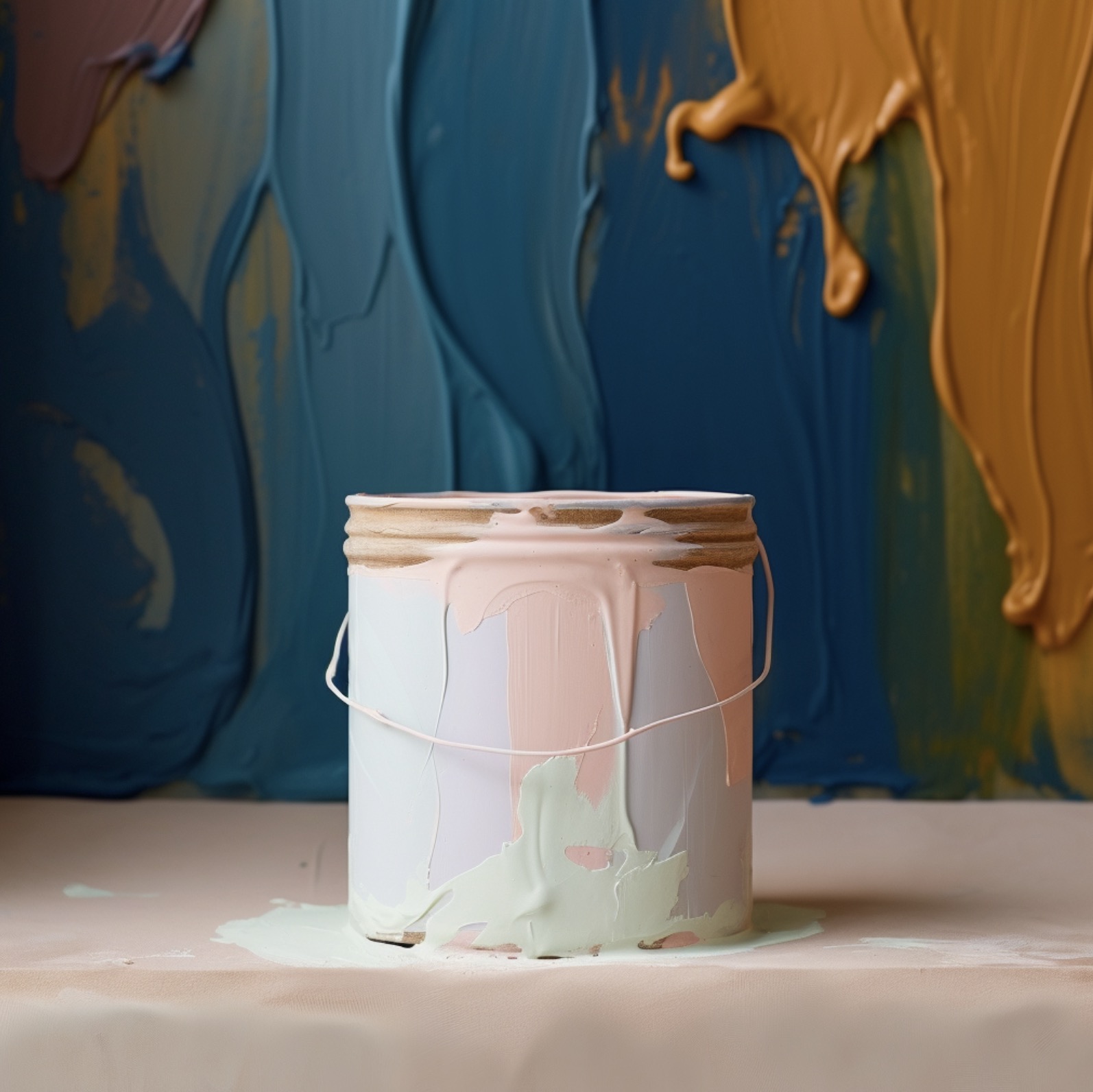Yes, paint can indeed be too thick, and this can lead to several issues during both the application process and the drying period.
We always suggest water thinning most of our water based paints by 10% or so, it usually always helps!
Here's why overly thick paint can be problematic:
Application Challenges of thick paint
Thick paint is harder to apply evenly. It may not spread smoothly, leading to an uneven coat with brush marks or roller streaks. This can affect the final appearance and texture of the painted surface.
Leads to Longer Drying Times
Thicker layers of paint take longer to dry. This extended drying time increases the risk of dust, dirt, or other contaminants sticking to the paint surface.
Increased Likelihood of Runs or Sags
If applied too thickly, gravity can cause the paint to run or sag, especially on vertical surfaces, resulting in an uneven and unprofessional finish.
Potential for Cracking or Peeling
As thick paint dries, the surface may dry out faster than the underlying layers. This can lead to cracking or flaking over time, as the uneven drying process causes stress within the paint layer.
Difficulty in Achieving Desired Colour
With some types of paint, especially those that are tinted, applying it too thickly can impact the colour intensity or consistency, potentially leading to a different shade than intended.
Wasted Material and Increased Costs
Using paint too thickly is also inefficient as it uses more paint than necessary, leading to higher costs and potential wastage.
Impacts on Texture and Finish
The texture and finish of the painted surface can be negatively impacted by overly thick application. For instance, it might obscure details on textured surfaces or woodwork.
To avoid these issues, it's important to follow the manufacturer's instructions regarding thinning and application. If the paint is too thick straight out of the can, it may need to be thinned using the appropriate thinner (water for latex paint, mineral spirits for oil-based paint, etc.) to reach the right consistency. Additionally, using the right tools and techniques for application is crucial for achieving a smooth, even finish.
Is clay paint thick?
Clay paint typically has a thicker consistency compared to conventional latex or acrylic paints. This thickness is due to the natural clay and other earth materials used in its formulation. The unique properties of clay paint, arising from its composition, influence its texture and application:
Texture of clay paint
Clay paint often has a rich, creamy texture that can be a bit heavier than standard paints. This texture is part of what gives clay paint its distinctive matte and deeply pigmented finish.
Application Considerations using clay paint
The thicker consistency may require different application techniques. It's often recommended to use a brush or roller specifically suited for thicker paints to ensure an even and smooth application. Some might find it requires a bit more effort to spread evenly compared to thinner paints.
Coverage of clay paint
Despite its thickness, clay paint generally covers well. The opacity and pigments in the paint can lead to good coverage with fewer coats, although this can vary depending on the brand and the colour.
Clay paint Drying Time
The drying time for clay paint can be longer due to its thickness and natural ingredients. It's important to allow ample time for the paint to dry between coats.
Consistency of clay paint
In some cases, if the paint is too thick for your specific application, it can often be thinned down slightly with water (for water-based clay paints). However, it's crucial to follow the manufacturer's recommendations for thinning to ensure the paint's integrity and colouyr are maintained.
Suitable Surfaces
Due to its thickness and texture, clay paint is particularly well-suited for surfaces where a natural, earthy, and matte finish is desired. It works well on a variety of surfaces, including drywall, plaster, and previously painted surfaces.
Overall, the thickness of clay paint contributes to its unique aesthetic qualities and makes it a preferred choice for specific interior design styles and applications where a natural, breathable, and eco-friendly paint is desired.
View this recommended range of clay paints here
Further Reading: Different types of paint | Can you paint over old paint?

Hi! I’m Chris, the founder of The Organic & Natural Paint Co, and I’m focused on the education and promotion of natural non toxic alternatives to chemical laden everyday products that we just take for granted. We have a choice, and I want to raise awareness of alternative products that don’t actually harm us!
This company is my way of pushing the awareness of better indoor air quality, something that I am personally passionate about due to my own children’s breathing medical conditions. I just couldn’t paint with big brand standard petrochemical paint any longer and wanted another solution.
Read more: About me
Twitter: NaturalPaintCo
Instagram: cleanairclubofficial


